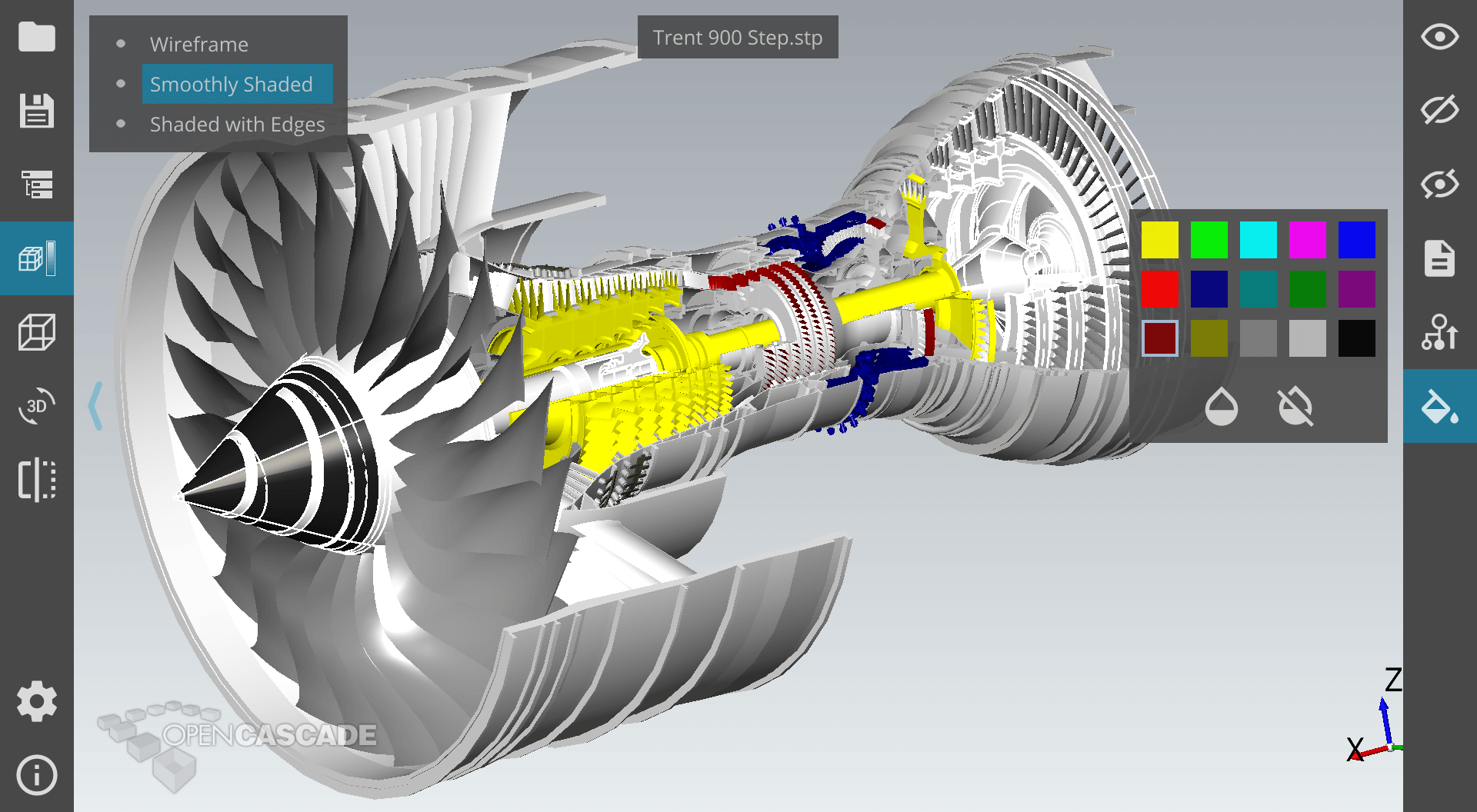Open Source Rendering Software
Open Source Rendering Software
The folks at the open-source white_dune 3d editor project let us know that they've added POV-Ray export capability. Neat! It looks like a useful tool, definitely worth checking out.
Car Rendering Software
You can find their github repo here or if you prefer you can go straight to their project website for downloads.
Building Rendering Software
BRL-CAD is another free open source 3D CAD software for Windows, BSD, macOS, Solaris, and Linux. It is a powerful solid modeling software that offers one of the best ray tracing rendering feature to create realistic looking 3D models. Its raytracing rendering also adds shadows across a model to make it look more realistic. Cycles - Open Source Production Rendering. Cycles is an physically based production renderer developed by the Blender project. The source code is available under the Apache License v2, and can be integrated in open source and commercial software. Major features LuxCoreRender is a physically based and unbiased rendering engine. Based on state of the art algorithms, LuxCoreRender simulates the flow of light according to physical equations, thus producing realistic images of photographic quality. Best Rendering Software for Architects 1. There’s no complete list of rendering software without Blender on the list. There’s a good reason this is the renderer of choice for so many architects. But why is it so popular? For the very good reason that it’s free. But just because it’s free doesn’t mean it’s useless. Flamenco is suitable as render farm management software, for tasks such as frames rendering, encoding, simulations, etc. It supports any Blender version, hardware configuration and any other software with a command line interface. Available on Blender Cloud.
Eric Haines dropped us a line to let us know that there is still time to submit proposals to Ray Tracing Gems, with the final deadline being final October 15th 2018.
Eric also commented 'They don't have to be about DXR, they could be survey or reference articles, or general principles worth writing down in one spot. We hope people will contact us informally about ideas for proposals before the paper deadline.'
POV-Ray 3.7.1 has officially entered public beta testing phase.
Source code and a Windows installer can be found on our GitHub repository. For more information and feedback please visit the povray.beta-test newsgroup (also accessible via our web interface).
Free House Rendering Software
An unofficial Mac version can once again be found on megapov.inetart.net.
Former POV-Ray developer and team coordinator Chris Young has released a tool for converting POV-Ray scenes into STL meshes for 3D printing ... [read more]
It was 'back in 1986 or so' that David K. Buck started work on DKBTrace, and it was in July 1991 that the first version of its successor project saw the light of day. What was then called STAR-Light, and later renamed to PV-Ray and ultimately POV-Ray, has therefore been on this planet for a whopping 9,190 (or 11,000) revolutions by now (plus another guesstimated 150 above it). Of course we faithfully continue our effort to keep it that way, and although this website has been rather silent since the official release of POV-Ray 3.7.0 in November 2013, that's only because work has been proceeding elsewhere:- Ever since the 3.7.0 release, development has been revolving around or GitHub repository.
- Pre-release builds are also published there, on a semi-irregular basis, in the releases section.
- The most up-to-date documentation is being maintained on our Wiki.


We've become aware that since late November some visitors in the Scandinavian region ... [read more]
Open Source Rendering Software
